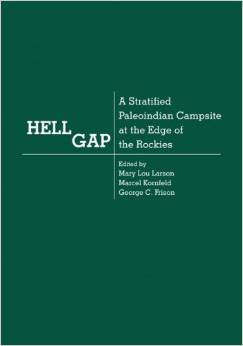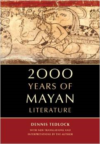Description
The Hell Gap site was first uncovered in the late 1950s and is one of the gems in the history of American archaeology. Yet it is still one of the least understood and most poorly published of the sites that helped establish the framework for Paleoindian archaeology as it exists today. No other excavated site in North America contains a record that includes all cultural complexes known on the Plains between 11,000 and 8,000 B.P. Major excavations during the 1960s, conducted by the University of Wyoming and Harvard’s Peabody Museum, not only removed vast quantities of Paleoindian deposits, but also trained some of the foremost archaeologists of our time. Much has happened in American archaeology in the intervening years and modern techniques of dating, excavation, and analysis are now capable of revealing much more about the specifics of Hell Gap.
This volume finally begins the analysis of the vast quantity of material recovered from one of the most significant Paleoindian sites in North America, as contributors consider such topics as settlement, subsistence, technology, paleoenvironments, and archaeological site formation. The studies included here expand our understanding of the results of the original investigators, while providing an important reevaluation of their interpretations.






Reviews
There are no reviews yet.